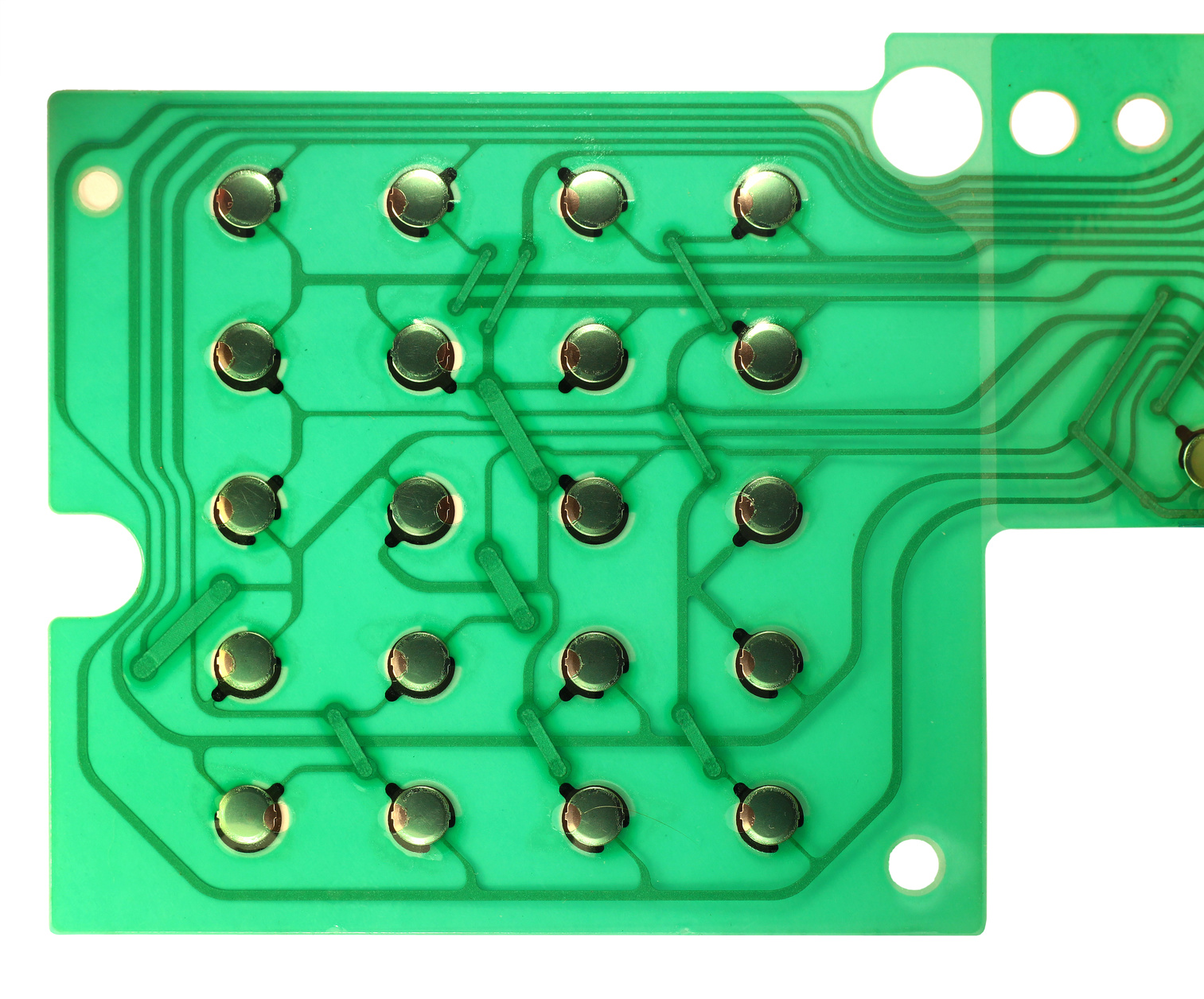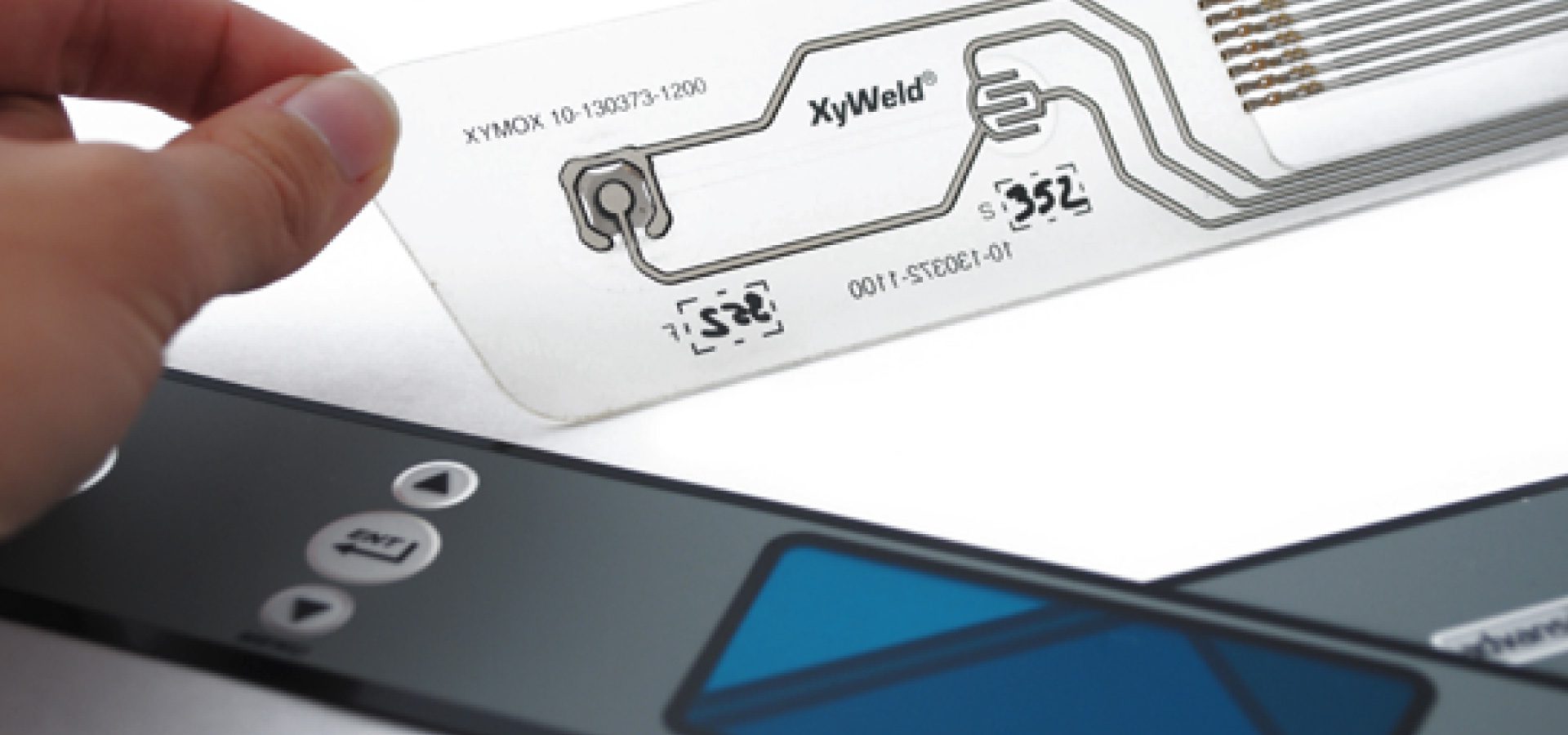Membrane Switches: The Best Choice for Compact and Reliable Controls
Membrane Switches: The Best Choice for Compact and Reliable Controls
Blog Article
Recognizing the Significance of Membrane Switches in Interface
Membrane switches are integral elements in the design of reliable individual interfaces, promoting not only functionality however also enhancing visual charm and individual interaction. As we explore the various benefits and future trends connected with Membrane modern technology, it comes to be clear that these buttons are extra than just parts; they stand for a merging of technology and usefulness.
What Are Membrane Buttons?

The spacer layer, which includes sticky residential properties, allows for the splitting up of the circuit layer from the overlay, making certain that the button continues to be in a non-activated state up until pushed. When pressure is put on the overlay, it presses the spacer layer, linking the void and finishing the circuit in the underlying layer. This layout not only decreases the physical area needed for standard mechanical buttons yet also enhances the toughness of the gadget, as Membrane buttons are usually resistant to dirt, wetness, and various other environmental factors.
Generally discovered in applications ranging from customer electronics to medical gadgets, Membrane switches are important to contemporary technology, providing a efficient and user-friendly interface that straightens with contemporary layout demands.
Benefits of Membrane Switches
While many switch modern technologies exist, Membrane Switches offer unique advantages that make them especially desirable in various applications. Among the main advantages of Membrane switches is their small design, which enables space-saving executions in gadgets where realty is limited. Their slim profile not only improves visual charm however likewise promotes lightweight building.
An additional considerable benefit is their resistance to environmental aspects. Membrane switches are usually secured versus moisture, dirt, and contaminants, making them optimal for use sought after atmospheres, such as medical gadgets and commercial tools. This resilience prolongs the life-span of the button, decreasing upkeep expenses and boosting dependability.
Furthermore, Membrane buttons can be personalized to meet particular layout requirements, including special graphics and shades that improve user communication. Their tactile responses options can likewise be tailored to offer a gratifying user experience. Additionally, Membrane switches are cost-efficient, especially in high-volume applications, as they can be generated successfully.
Applications in Different Industries

In the consumer electronic devices sector, Membrane switches prevail in devices such as microwaves, cleaning you can look here machines, and remote controls. Their responsive responses and aesthetic options boost individual experience while offering a streamlined, contemporary look. Additionally, automobile manufacturers utilize Membrane buttons in control panel controls and infomercial systems, where area is limited, and individual involvement is critical.
In addition, the industrial field leverages Membrane switches in control panels for machinery and tools, permitting instinctive procedure in commonly rough environments. Their resistance to chemicals and moisture guarantees long life and dependability in these applications. Generally, the adaptability of Membrane Switches adds substantially to their widespread usage, making them crucial in different technical domains.
Style Considerations for Membrane Switches

When making Membrane switches, numerous key factors to consider must be taken into account to make sure ideal functionality and customer experience. Firstly, the option of materials is important; choosing resilient, high-quality substrates can boost the switch's long life and resistance to ecological variables such as wetness and temperature level changes.
Second of all, the style of the visuals overlay should focus on clearness and ease of use. Symbols and message should be legible, and the layout needs to help with user-friendly interaction (membrane switches). Additionally, tactile feedback is necessary; integrating a tactile dome or various other devices can boost the customer experience by giving physical confirmation of activation
One more vital aspect is the switch's electrical efficiency. Developers should guarantee that the conductive traces are correctly designed to lessen resistance and stay clear of signal disturbance. This involves assessing the required actuation pressure and ensuring compatibility with the electronic components they will user interface with.

Future Patterns in Membrane Technology
As modern technology continues to development, Membrane buttons are poised to evolve dramatically, driven by advancements in products and producing techniques. One arising pattern is the unification of sophisticated materials, such as conductive inks and flexible substrates, which improve durability and lower the overall weight of Membrane switches. These materials not only improve the tactile feedback but likewise allow for the style of switches that can withstand harsher ecological conditions.
Moreover, the integration of touch-sensitive modern technologies is transforming conventional Membrane have a peek at these guys Switches into more interactive interface. Capacitive touch sensing units embedded within Membrane switch panels can helpful resources provide a more instinctive and receptive individual experience, aligning with the expanding need for streamlined, modern designs in customer electronics.
Additionally, advancements in printing techniques, such as digital and 3D printing, allow rapid prototyping and modification of Membrane switches. This versatility allows suppliers to respond faster to market demands and customer preferences.
Finally, sustainability is becoming a considerable focus, with suppliers exploring environmentally friendly materials and processes. As these patterns unravel, the future of Membrane modern technology guarantees boosted capability, aesthetic appeal, and ecological responsibility, strengthening their function in sophisticated user interfaces throughout different sectors.
Conclusion
In conclusion, Membrane Switches stand for a vital part in the layout of user interfaces, combining performance with aesthetic versatility. As developments in innovation proceed, the advancement of Membrane switches is expected to additional refine user interfaces, driving innovation and boosting functionality in a progressively intricate technological landscape.
Membrane buttons are indispensable components in the layout of efficient individual interfaces, assisting in not just performance but additionally improving aesthetic allure and customer interaction.Membrane Switches serve as a vital part in numerous customer interfaces, assisting in a seamless interaction in between individuals and digital tools.While countless switch innovations exist, Membrane Switches offer distinctive benefits that make them especially preferable in various applications.Furthermore, Membrane buttons can be personalized to meet specific style requirements, including one-of-a-kind graphics and colors that boost user interaction.In final thought, Membrane Switches represent a crucial part in the style of individual interfaces, combining capability with aesthetic versatility.
Report this page